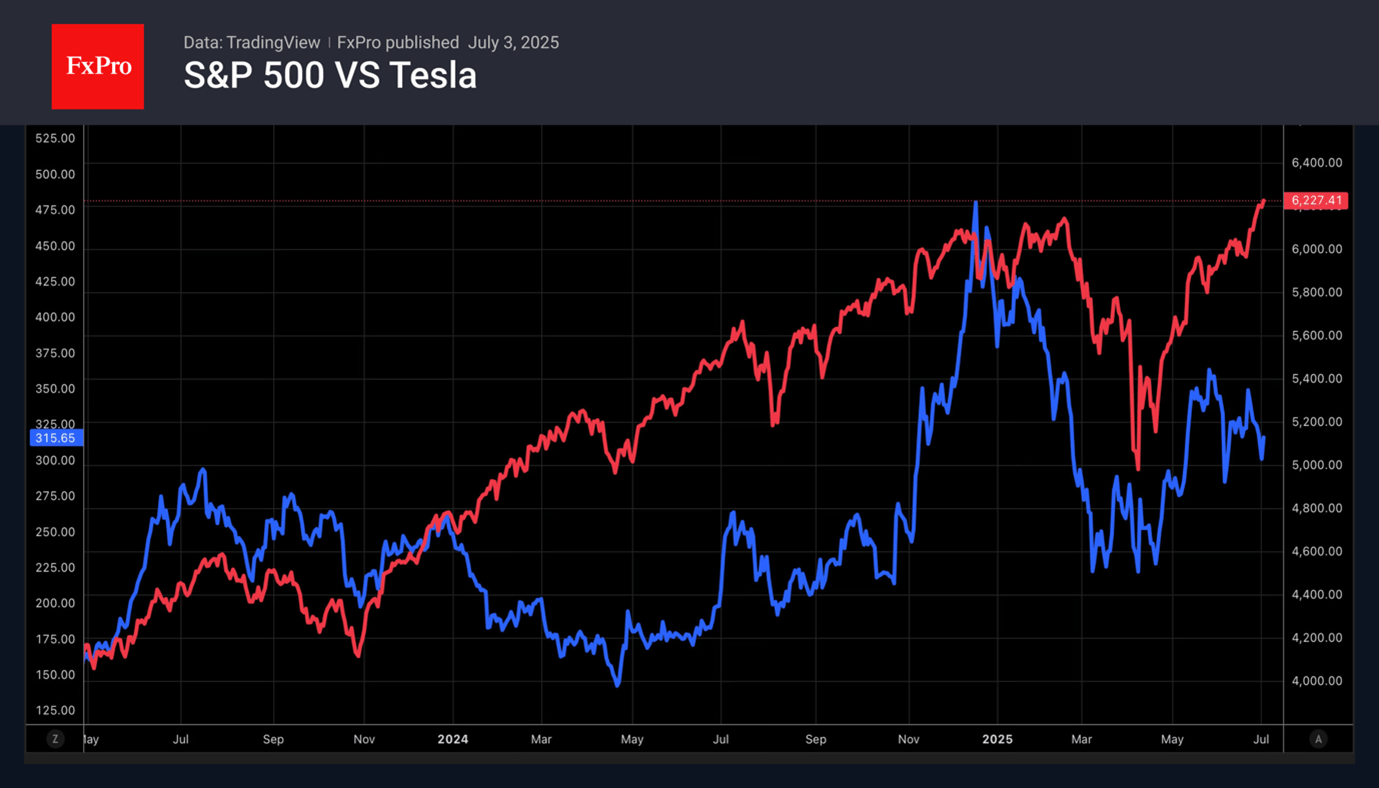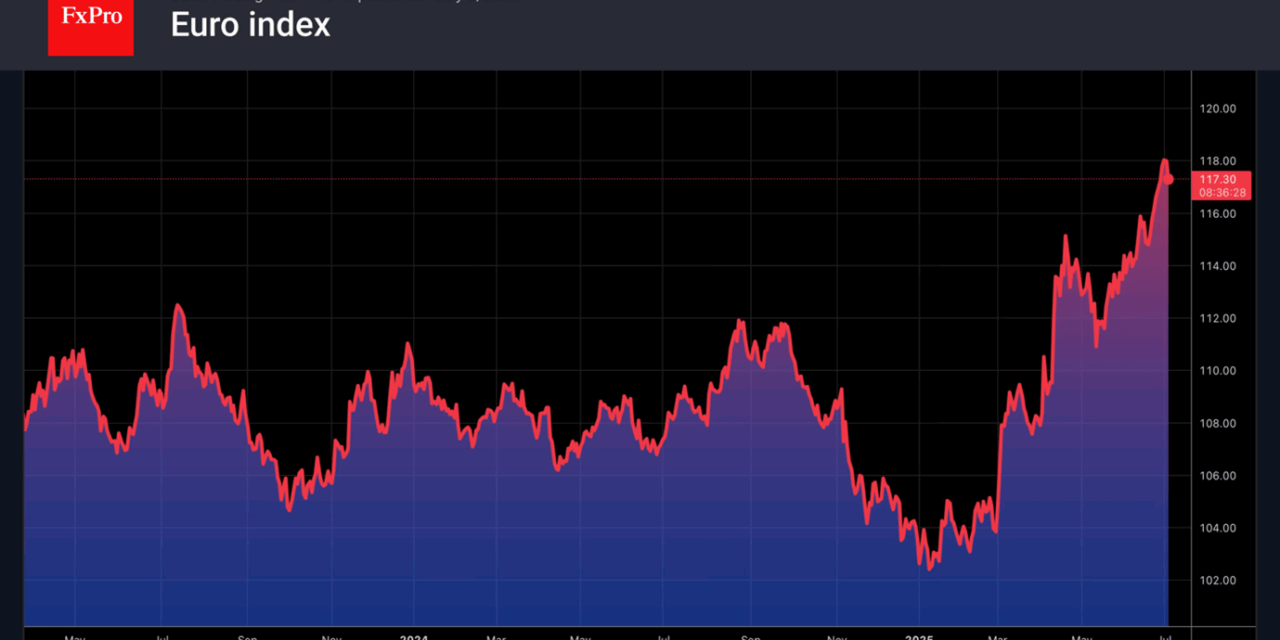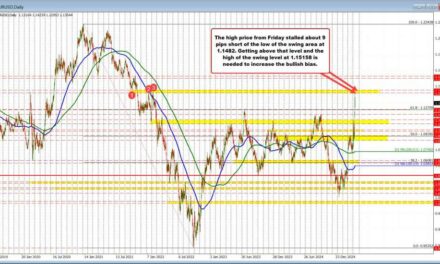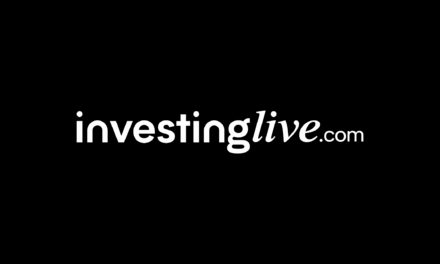US Dollar
The US dollar is losing ground. Its index is being pressured by more than just White House policy, a cooling economy and rising expectations of an upcoming Fed rate cut. The dollar’s main rival is gaining strength. The trade-weighted euro reached a new high, boosted by Germany’s fiscal stimulus, increased EU defence spending and capital inflows into European securities markets.
EURUSD surged to its highest level in over three years. The current 9-day rally is the longest since 2024 and has alarmed the ECB. Vice President Luis de Guindos stated that $1.17 for the euro is acceptable, but $1.20 is not good news for the export-oriented Eurozone economy.
The dollar index also took a hit from Donald Trump’s renewed criticism of the Fed Chair, the first drop in US private sector employment since 2023 (according to ADP), and Jerome Powell’s remarks about keeping the Fed flexible. At a central bank meeting in Portugal, Powell stated that rate cuts shouldn’t be ruled out at any of the upcoming FOMC meetings.
Stock Indices

The S&P 500 continues breaking records. The broad index shrugs off bad news and rallies on any positive headline. A 13.5% drop in Tesla’s global sales somehow triggered a 5% rise in its stock price. Investors welcomed the company’s increased investments in artificial intelligence technology.
Weaker job market data is seen as a reason for the Fed to cut rates soon. Trump’s trade deal with Vietnam is being interpreted as a de-escalation in trade tensions, even though the country will face tariffs of 20–40%.
Retail investors keep buying the dips. Market professionals see little reason to fight the crowd, given the still-strong economy, slowing inflation, improved corporate earnings and renewed investor interest in AI. Among the “Magnificent Seven,” Microsoft, Nvidia, and Meta are driving the market higher, while Apple, Alphabet, and Tesla are dragging it down.
Seasonality is also supporting the S&P 500. The last time it ended July in the red was 2014. On average, the index gains 1.67% in the second month of summer.
The FxPro Analyst Team








